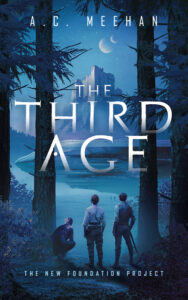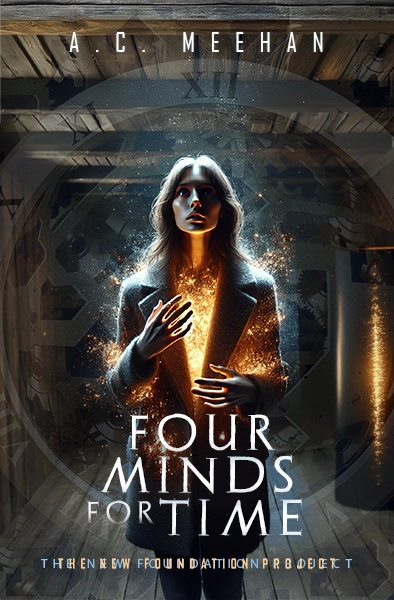I’ve been looking forward to writing this post, the next in the mini-series about self-editing for authors. At this point in the self-editing process, the narrative flow is in pretty good shape. The work includes the right content, built around a structure that delivers the intended impact. Now it’s time to start to focus on style. While this is partly about the mechanics of writing, it’s also about personal expression and the art of language. It’s about refining the writing itself.
I have a few techniques I use for this, and I’m going to break this topic into a couple of posts so I can go into some detail.
One of the first things I do is to read out loud. For a short piece—like a corporate memo—I can do that myself in a few minutes. You can almost always tell that something is “off” if you stumble as you read, or if the text doesn’t fall into the natural inflections of speech.
In the context of self-editing a novel, technology can be a huge help in checking for style issues. The Voice Dream reader is my favorite tool for this. I load the latest draft of my work into the app, select a voice that I want to hear, and then listen—usually several times through.
This is powerful, because listening rather than reading is a different experience of the text. As the story is read aloud, the listener is forced to follow the pace of the text. You can’t just skim a paragraph or page, which most of us do when we’re reading without even thinking about it. If I listen while I’m taking a walk or a long drive, I get to “test drive” the effectiveness of my content and structure, and that’s fun. For style, though, I need to have a way to make notes. Here are some of the things I listen for:
- Variety in sentence structure. If sentence after sentence has the same pattern, it can feel clinical and basic. And if there are several sentences in a row that start with the same word, it creates a strong rhythm that should only be used for effect.
- Repetitive exposition. Since at this point I’ve read the thing multiple times, it’s sometimes hard to keep track of when information is revealed as I read. Listening engages a different thought process, and “I heard that already” will stand out when “I already read that” no longer has a recognizable sequence.
- Typing issues. When spoken, omitted or repeated words can be more obvious, too. My ear will catch the “and and” or the missing article that my reading mind will just gloss over. I’ll also hear those typing (or autocorrect) mistakes that give you “an” when you meant “and,” or “walking” instead of “walked.”
- Clinkers. This is my personal term for words, phrases, or sentences that just seem out of place. Sometimes it’s a matter of something not being in keeping with the style of the story or a character; sometimes it’s just something that’s too disruptive—something that calls attention to itself and breaks the reader’s immersion. I find these are often little bits of description or turns of phrase that I fall in love with but which aren’t needed. Sometimes it’s hard to let them go…
Listening isn’t the only way to find these issues, and in some instances it isn’t the most efficient. But for me, switching from reading to listening is a good way to disable my mind’s ability to fill in the blanks or skip over flaws.
In the next post, I’ll talk about a few other style-check techniques that work for me.
Previous posts in this series:
- Part 1: The most important step when editing your own writing
- Part 2: The content edit: editing for coherence
- Part 3: The structural edit: following the thread
Photo by Magda Ehlers from Pexels




